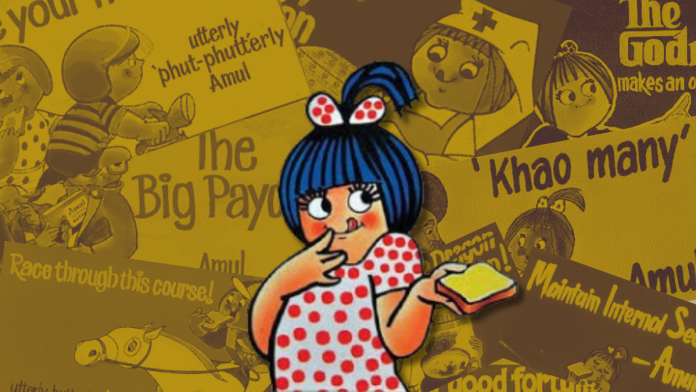There’s something special about the past , not just because it’s behind us, but because it often holds some of our most comforting, heartfelt memories. A song, a scent, a jingle, or even a familiar logo can pull us right back to a moment we hadn’t thought about in years. And that’s exactly where nostalgia becomes such a powerful force in marketing.
Nostalgia doesn’t just help us look back; it helps us feel. It reminds us of simpler times, of things and moments we once loved. When brands manage to tap into this emotional reservoir, they don’t just sell a product , they spark a feeling. And feelings, more than facts or features, are what often drive action.
Why Nostalgia Hits So Deep
What makes nostalgia such an effective marketing tool is how quickly and powerfully it forms an emotional connection. The moment we see or hear something from our past , especially something tied to childhood or adolescence , we feel warmth, safety, and even happiness. Those feelings build a kind of instant bond with the brand that’s hard to replicate through modern advertising techniques alone.
It’s also about trust. Brands that have stood the test of time bring with them a sense of comfort. Even if we’re not current users, there’s something reassuring about seeing a name or product we grew up with. It becomes a symbol of reliability, something we can turn to even in uncertain times. And in the noisy, fast-paced world of today, nostalgia is like a breath of fresh air. While everyone rushes to be trendy or disruptive, a brand that simply reminds us of the good old days can stand out, because it feels personal. Surprisingly, this appeal crosses age groups. Older generations love the sense of revisiting the past, while younger ones often find charm and authenticity in retro styles and throwbacks. It’s a rare sweet spot that touches a wide audience.
Amul: A Legacy of Wit and Warmth
Few brands in India have managed to keep nostalgia alive as consistently as Amul. The polka-dotted Amul girl, with her cheeky grin and timely commentary, has been part of our visual memory for decades. Every billboard or cartoon brings a wave of familiarity, even as the topics evolve with the times. Amul’s genius lies in how it updates its message while staying true to its character. The format hasn’t changed , just the headlines. That clever mix of tradition and timeliness makes each ad feel like a reunion with an old friend. It’s not just about butter; it’s about the brand growing up alongside us.
Nirma: A Jingle That Became Culture
If you grew up in India, chances are you’ve sung the Nirma jingle at least once , probably without realizing it. That unforgettable line, “Washing powder Nirma…” isn’t just catchy, it’s cultural. It became part of our everyday life, and years later, it still brings back memories of black-and-white TVs, family laundry days, and those dancing women in bright white clothes.
What Nirma did so well was create a feeling of joy and pride in something as mundane as detergent. The jingle wasn’t just a tune , it was a moment in time. And every time we hear it now, it reminds us of a simpler, more cheerful past.
Asian Paints: When Walls Speak Our Stories
Asian Paints took a more emotional route with its “Har Ghar Kuch Kehta Hai” campaign. Instead of focusing only on paint, it chose to focus on the idea of home. Because let’s be honest our walls do carry stories. From a child’s scribbles to that one patch of color chosen after hours of family debate, our homes hold our lives in layers.
This campaign resonated because it didn’t shout , it reflected. It invited people to pause and think about what their homes really mean to them. In doing so, Asian Paints anchored its brand in nostalgia not by looking outward, but inward , into the places where our memories live.
Maggi: More Than Just a Meal
Then there’s Maggi , the king of comfort food. It’s more than just noodles in two minutes; it’s a symbol of freedom for kids, survival food for students, and comfort for tired parents. Maggi was there in moments of hunger, homesickness, and happiness. That yellow packet became a part of Indian kitchens in a way few products have.
When Maggi faced a nationwide ban a few years ago, the response was pure emotion. People didn’t just miss the taste — they missed what it represented. The outcry felt like a collective wave of personal loss. And when it came back, it wasn’t just about a product returning to shelves; it felt like an old friend had come home.
A Tool That Goes Beyond Trends
So, what makes nostalgia such an enduring force in marketing? It’s the way it cuts through the clutter. It reminds people of who they were, what they loved, and how certain brands were quietly part of their journey. In a market that’s always chasing what’s new, nostalgia gently whispers, “Remember what matters?”
But it only works when it’s genuine. The brands that succeed with nostalgia aren’t just replaying old ads , they’re bringing memories back with care, relevance, and respect. Whether it’s through a jingle, a mascot, or a message, they manage to say something timeless in a way that still feels fresh.
In the End, It’s All About Connection
Marketing is often seen as a business of numbers, but nostalgia reminds us that it’s really about people. About feelings. About moments that stick with us long after the sale. The most powerful brands are the ones that feel like they’ve walked with us through life , that have shown up not just on shelves, but in memories.
Nostalgia isn’t just about the past. It’s about how the past continues to shape us. And when a brand can tap into that , truthfully and meaningfully , it becomes more than just a brand. It becomes a part of who we are.

















